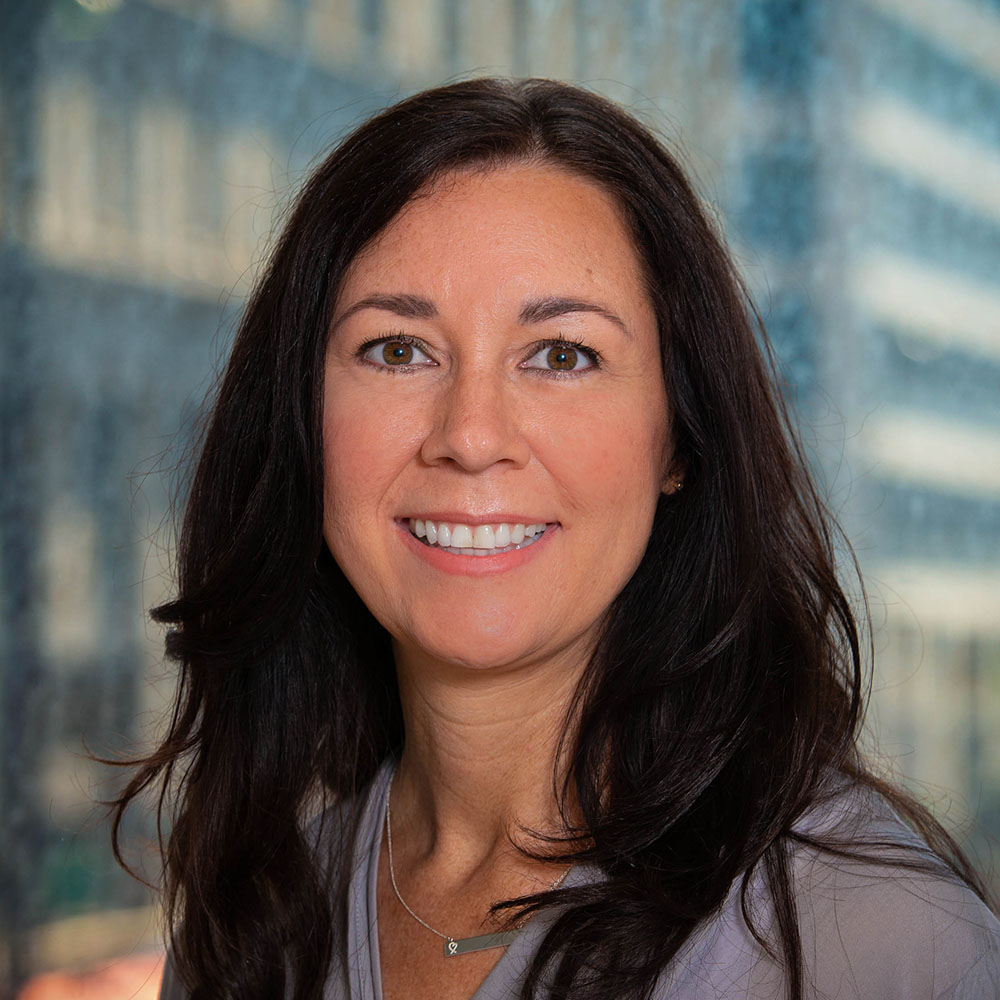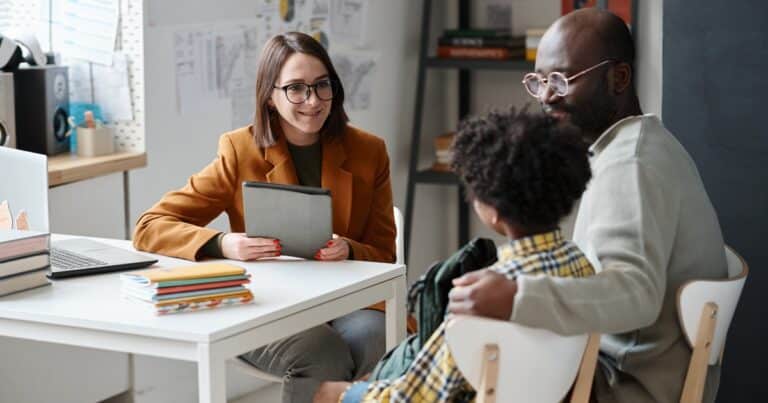We know relationships are the foundation of good teaching and learning. When educators know their students, they are able to personalize their approaches and draw out students’ passions, interests and engagement in their learning. But, in order for meaningful relationship-building to take place, there needs to be time, space and structures for educators and students to come together, learn from one another and try new things.
In essence, we need to support educators toward an innovative mindset so they can truly know their students and meet their needs. School and district leaders must empower teachers to share ownership in adjusting, learning and recreating what teaching and learning feels like. So what are the structures and strategies that could support this process of relationship-building and instructional risk-taking? What would help educators personalize classroom practices and innovate?
While not new, the structures and strategies outlined can help build relationships between students and teachers that encourage and build a culture of instructional risk-taking:
Advisory
Advisory is a place and time to check-in on social and emotional wellbeing and provides unstructured time to talk with each other. It’s also a time to talk about social justice and current events happening in the community or world. Consider using this time to strategically build relationships without the additional pressure of assignments or assessments. This purposeful communication will pay off by making it easier to innovate with the learners you serve.
Small group or individual coaching
Instead of holding whole class meetings, virtual learning has offered a more flexible schedule where teachers can offer smaller group support. Educators can try this by using an online scheduling tool. This strategy helps create the space for student voice and allows for the co-design of instruction by simply putting the decision of the date and time of support in the hands of the students. This also gives educators the opportunity to provide timely feedback and build relationships where students feel seen and their work addressed.
Meaningful relationships can also be developed through localized community partnerships. Learn how to build relationships and community participation in authentic ways. Learn More »
Office hours
This is time and space for students to check in with teachers or receive support. This time block might be used to get a hold of a teacher via video conferencing, text message, live chat, etc. Coaching students on how to utilize this time block is important to its success: they have to see it as a value add. Consider how you are prioritizing these hours on your calendar, serving as a model of consistency and transparency. Soon, students will know your schedule and will feel as though they know where they can find you if they need to.
Blended learning strategies
Blended learning has reignited during this time of distance learning. Teachers have found success when they partner with technology to enhance the learning experience. The flipped classroom model and playlists are two blended learning techniques that can be utilized to better meet the needs of students, especially in online settings. If they need to learn content, they’ll be able to via their computers when they are home. When they come to school, they’ll have more time to speak to you about the content and ask any questions they may have.
Partnering with students to co-design learning experiences
Inquiry-based approaches and choice in learning targets, resources, topics and demonstration of mastery will increase the level of student ownership in the learning experience. This is most accessible when districts have a transparent, viable and equitable learning continuum. If schools value the time for students to co-design lessons and exercise their own agency, educators will be more likely to take instructional risks that could pay off big time.
These structures can provide the incredibly valuable space and time for educators to get to know their students, start taking risks and grow their practice to be more personalized and student-centered. By empowering teachers to take chances, students will rise to the occasion and show agency and ownership in their learning. It’s a win-win.
Did you know that more than 90% of the nearly 2,400 school and community respondents in one Kansas school district agreed that their schools encourage and support risk-taking with new instructional strategies? Learn how Kansas school districts are empowering their educators to try new instructional strategies in the classroom.
This was co-written by former Director of Continuous Improvement Drake Bryan.


